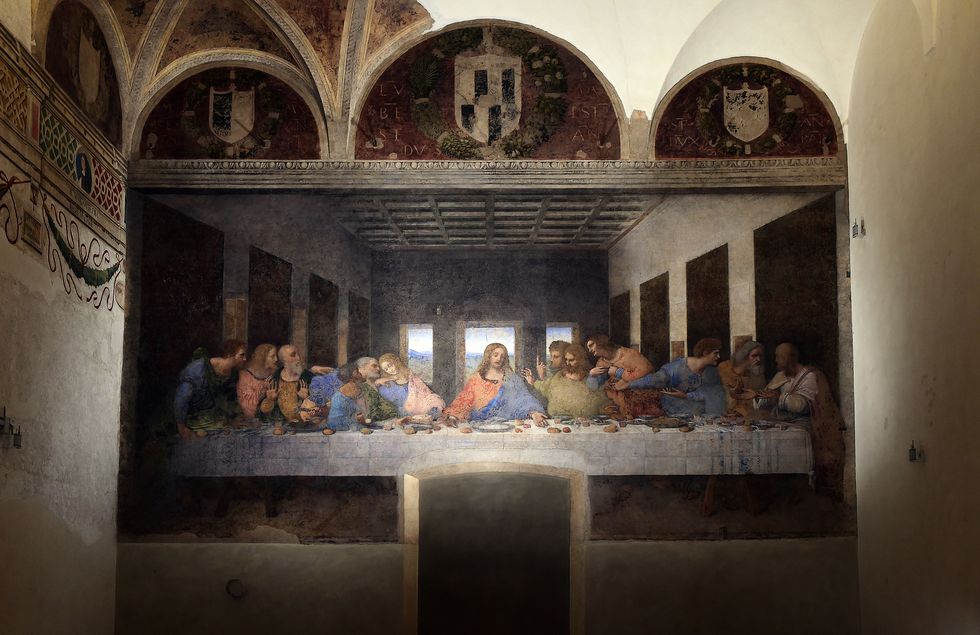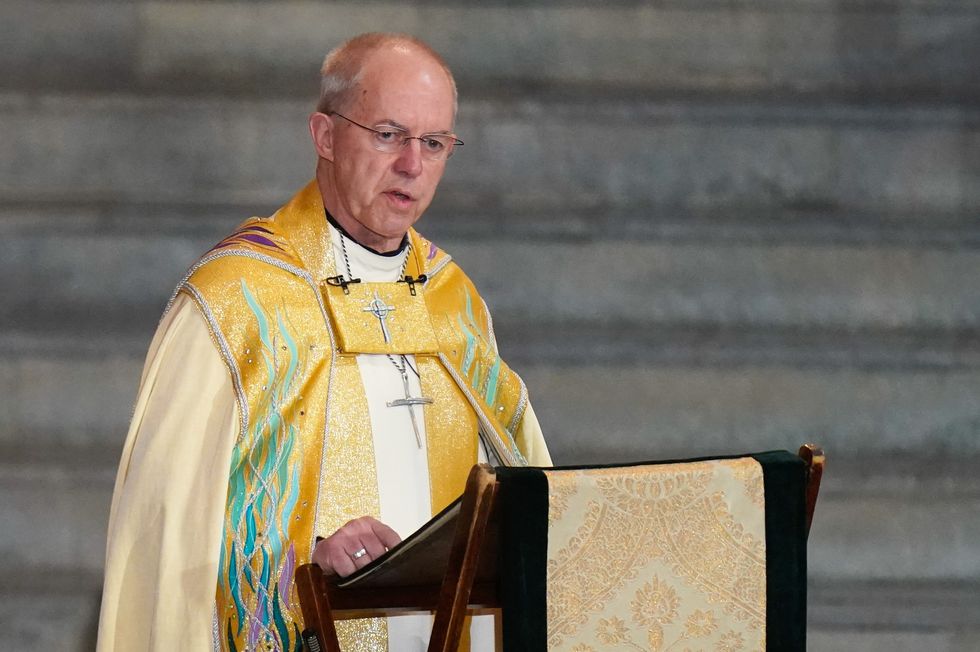Church of England clergy have announced that “God is not a white man” in a bid to promote “racial justice”.
Across the UK, dioceses are currently carrying out a review into how religious figures ought to be represented in the Church’s artwork.
As a result, religious leaders have been encouraged to reflect on whether images of Jesus “reflect diversity”, as one group has insisted that “God is not a white man” and has moved towards depicting “correct images” of biblical figures.
The Church’s racial justice unit published a 2024 report into how each diocese can reach diversity and inclusion targets, which were originally set out in 2021 by the Archbishops’ “anti-racism taskforce”.

Previously, iconic images of Christ have depicted him as a white man, most notably in Leonardo Da Vinci’s The Last Supper, where he and his disciples are fair-skinned
GETTY
This taskforce has proposed plans to implement affirmative action for jobs within the Church – some roles which have received backlash for being paid twice as much as vicars.
The Diocese of Southwark has said: “Everything we send out in comms is celebrating diversity – diverse images.
“God is not a white man; we make sure of the correct images.”
Similarly, the Diocese of Coventry has said that it has reflected upon “the images and artwork, people quoted in the sermons, people who appear in the videos used, depictions of Jesus, God, biblical characters and issues and topics we cover”.
LATEST DEVELOPMENTS:
Together, the Southwark and Derby dioceses have provided advice for their clergymen seeking to improve diversity through a “diversity audit”, which encourages the Church’s leaders to ponder whether they truly reflect diversity in the way they worship God.
Previously, iconic images of Christ have depicted him as a white man, most notably in Leonardo Da Vinci’s The Last Supper, where he and his disciples are fair-skinned.
However, the UK’s drive to create more diverse images of biblical figures has resulted in several updated images, culminating in the re-creation of Da Vinci’s famed work installed by St Albans Cathedral – but with Jesus painted as a black man.
The Church has insisted that there is no top-down order to install such images, declaring that these dioceses were, in fact, taking the initiative in their drive to reach racial justice.

Responding to the Black Lives Matter protests, the Most Rev Justin Welby declared that the “Church has failed” and must “repent and take action”
PA
The claim has followed the Archbishop of Canterbury Justin Welby and Archbishop of York Stephen Cottrell’s creation of the Church’s anti-racism taskforce back in 2021.
Responding to the Black Lives Matter protests, the Most Rev Justin Welby declared that the “Church has failed” on the topic of racism and must “repent and take action”.
In the subsequent report – From Lament to Action – plans entail a “significant cultural and structural change” regarding racial justice, which includes shortlists for jobs within the Church, as well as full-time racial justice officers to be present in each diocese across the nation.
This year, the Church requested updates on their progress against the racial justice targets, sharing examples of individual dioceses’ experiences – including diversification of images and artistic depictions of Jesus and other biblical figures.